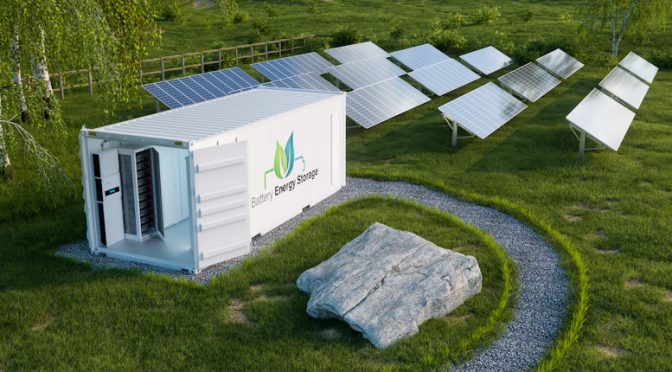If in Solarletter #16 we mentioned that the excess of photovoltaic power in Spain was already becoming noticeable, this time we turn to Greece. A country with similar characteristics to Spain, not only in lifestyle but also in terms of weather conditions (at least in comparison to the south and the Mediterranean region; in the north, we will have to wait for the effects of climate change, I guess).
However, in Greece, we encounter another problem besides the low pool prices during solar hours: grid saturation. Not only can electricity marketers “turn off” the park for economic reasons, but in Greece, grid operators are also now involved.
Breaking a new installation record in 2023, a total of 1.59 GW were connected to the grid last year, adding up to a total of 7.1 GW (pv-magazine). According to the most recent data I could find, the highest consumption peak in Greece occurred in August 2021, reaching 9.4 GW (KMPG). A quick calculation shows that the photovoltaic capacity in Greece is around 75% of the national peak capacity.
On the other hand, by the end of 2023, Spain had an installed photovoltaic capacity of 25.55 GW (Renewables Now). Considering that the peak power in the last five years has been around 38-40 GW (REE), we are talking about Spain reaching 65%. In this quick analysis, the capacity of electrical interconnections with other countries has not been taken into account (although, in this case, both countries again share similar characteristics).
In his article, Ilias Tsagas mentions that the grid operator IPTO had to disconnect all renewable generation connected to the transmission grid on May 5. A special day in Greece, as they celebrate their Orthodox Easter week, hence the low demand, but in addition, IPTO had to ask the distributor HEDNO to disconnect 1 GW of photovoltaic power.
Pandelis Biskas, professor at the Aristotle University of Thessaloniki, Greece, in the Department of Electrical and Computer Engineering, had already warned in April at the annual assembly of the solar producers’ association Pospief, based in Thessaloniki. Biskas told investors that from March 1 to April 13, IPTO had planned a curtailment of 220 GWh, around 4% of the country’s national green electricity production during this period. For comparison, in 2023, only 228 GWh needed to be “dumped.”
Biskas also predicts that by 2030, this percentage will rise to 15%.
Adding to this is the problem that the distributor HEDNO cannot simply reduce the production of the installation; it is all or nothing. However, a new law passed in the Greek parliament will require all installations larger than 400 kW to be remotely controlled to allow for varying production.
To address this, Greece launched a 1 GW auction for storage projects last year. However, Pospief’s secretary-general, Petros Tsikouras, argues that it was aimed in the wrong direction:
It took the government four years to introduce an energy storage framework, and when it did, it only allowed subsidized “front of the meter” energy storage systems. In contrast, Pospief is urging the government to open the energy storage market to “behind the meter” storage systems installed without subsidies. There is a strong investor appetite for such systems in Greece. The commercial argument exists since these systems can participate in the country’s balancing services market,” said Tsikouras. “Here lies the main problem. The government has delayed the energy storage framework to give enough time for gas plants to reap the benefits of the balancing services market. Eventually, it will give in to pressure and allow the construction of ‘behind the meter’ energy storage as well. Until then, the balancing services market will be dominated by gas plants that can flexibly adjust their production as they wish.”


